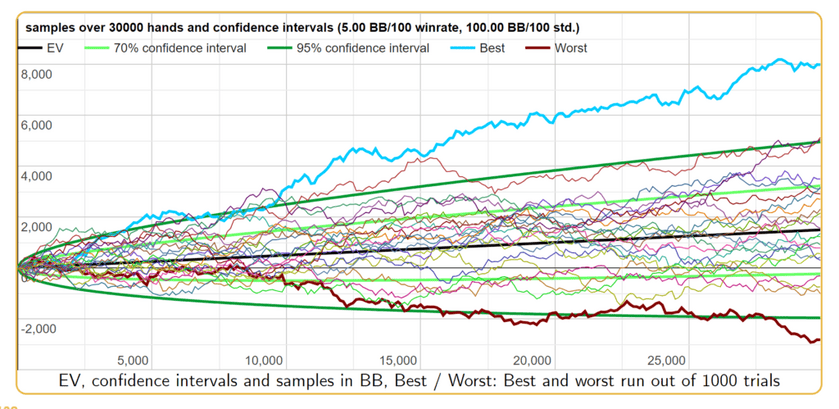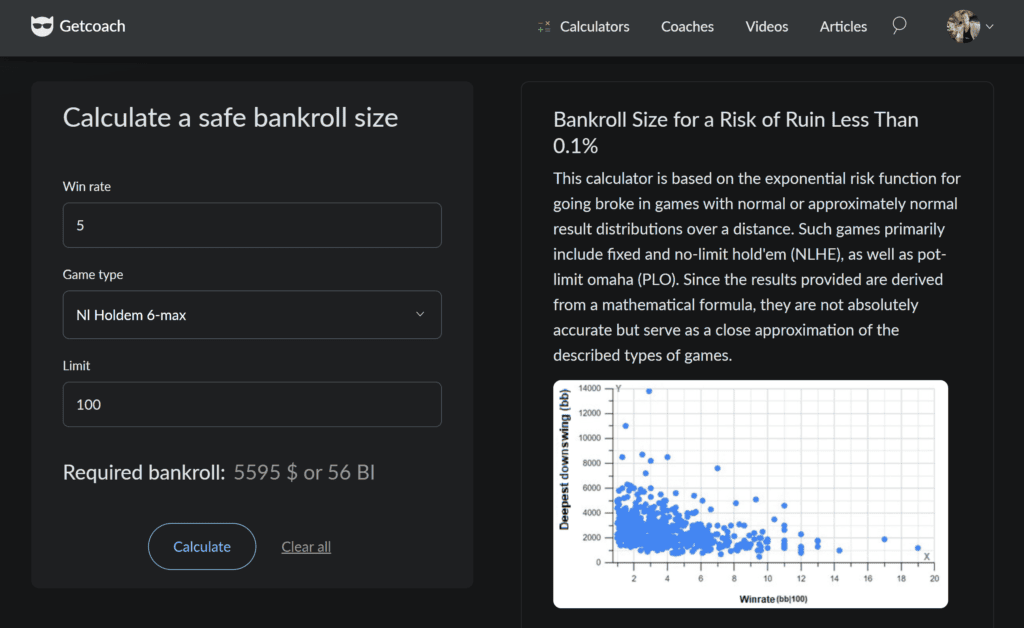Poker is not just a game of skill and strategy. It’s also a game of emotions. Even the best players can struggle with controlling their feelings at the table. One of the biggest challenges poker players face is “tilt.” ☠️ Tilt can ruin your game, drain your bankroll, and leave you feeling frustrated. Understanding what tilt is and learning how to manage it is crucial for any serious poker player.

In this article, we will explore what poker tilt is, why it happens, how it affects your game, and most importantly, how to manage and prevent it.
What Is Poker Tilt?
Tilt is a term used in poker to describe a state of emotional frustration or anger that leads to poor decision-making. When a player is on tilt, they often make irrational bets, chase losses, or play hands they normally wouldn’t. Tilt doesn’t just mean losing your temper. It can also be more subtle, like feeling overly confident after a big win or becoming anxious after a string of losses.
💭 Any strong emotion that affects your ability to think clearly and make good decisions can be considered tilt.
Tilt can happen to anyone, regardless of experience level. We are all human and subject to emotions. Professional poker players are also subject to tilt, but it happens less often, and the quality of decisions does not decrease as much. Also, good players know various techniques for working with tilt, which allows them to keep the discipline and concentration on a decent level, and overcome tilt state more easily and faster.
Why Do Players Go on Tilt?
Several factors can cause an offline or online poker player to go on tilt. Here are some common triggers:
1. Bad Beats
A bad beat is when you lose a hand despite having the stronger cards. This can be incredibly frustrating, especially if you lose to a lucky draw on the River. Bad beats are a common cause of tilt because they make you feel unlucky and powerless.
2. Losing Streaks
When you lose several hands in a row, it’s easy to become frustrated and start doubting your skills. This can lead to desperation, where you start making reckless decisions to try and win back your losses. Which in turn, may lead to even bigger losses, higher frustration, and a deeper tilt state.

3. Opponents’ Behavior
Sometimes, the behavior of other players can put you on tilt. If an opponent is trash-talking, slow-rolling, or otherwise being disrespectful, it can make you angry and distract you from your game. It’s more relevant for offline poker, but in online poker games, the opponents may behave provocatively, for example by writing aggressive comments in the chat.
4. Personal Issues
External factors like stress from work, relationships, or health problems can also affect your mental state at the poker table. If you’re already feeling emotional before you start playing, you’re more likely to go on tilt.
5. Fatigue
Playing poker for long hours without a break can lead to mental exhaustion. When you’re tired, it’s harder to control your emotions and think clearly, making you more vulnerable to tilt.
How Does Tilt Affect Your Game?
Tilt can have a severe impact on your poker performance. Here’s how it can affect your game:
1. Poor Decision-Making
When you’re on tilt, your emotions take over, and you stop thinking logically. You might play hands you wouldn’t normally play, make bigger bets than usual, or call when you should fold. This can lead to significant losses. The big problem is, your poor decisions can trigger you even more and you’ll start making even worse decisions and so on. The mental game of poker is a big challenge for any player.
2. Chasing Losses
One of the most common signs of tilt is chasing losses. Instead of accepting that you’ve lost and sticking to your strategy, you start making reckless bets to try and win back what you’ve lost. This usually leads to even bigger losses.
3. Playing Too Aggressively or Passively
Tilt can make you either too aggressive or too passive. You might start betting wildly without considering the odds, or you might become so scared of losing that you fold too often, even when you have a good hand.
4. Losing Focus
When you’re on tilt, it’s easy to lose focus on the game. You might stop paying attention to your opponents’ actions. You can also miss important details, or forget to consider the odds or look at the relevant HUD stats. This lack of focus can lead to costly mistakes.
5. Damage to Your Bankroll
If you don’t control your tilt, it can quickly drain your bankroll. A few bad decisions can lead to big losses, and if you keep chasing your losses while on tilt, you can end up losing much more than you can afford.

How to Manage and Prevent Tilt
Managing tilt is an essential skill if you want to be a successful poker player. Here are some strategies to help you stay in control:
1. Recognize the Signs of Tilt
The first step in managing tilt is recognizing when you’re on tilt. Pay attention to your emotions and behavior. Are you feeling frustrated, angry, or anxious? Are you making decisions that are out of character for you? If so, you might be on tilt. The sooner you recognize it, the easier it is to take control.
2. Take a Break
When you notice you’re on tilt, the best thing you can do is take a break. Step away from the table, go for a walk, or do something that helps you relax. Taking a break allows you to clear your mind, regain your composure, and come back to the game with a fresh perspective.

3. Set ✋ Stop Losses
Before you start playing, set limits for yourself. Decide how much you’re willing to lose and stick to that amount. If you reach your limit, stop playing, even if you feel like you can win it back. Setting limits helps prevent tilt by keeping your losses in check.
4. Practice Mindfulness And 🧘♂️ Meditations
Mindfulness is the practice of staying present and aware of your thoughts and feelings without letting them control you. By practicing mindfulness, you can learn to observe your emotions without reacting to them, which can help you stay calm and focused at the poker table.
5. Focus on the Long Term
Poker is a game of variance, which means that short-term results don’t always reflect your skill level. Instead of getting caught up in the outcome of individual hands, focus on making good decisions and improving your overall game. This long-term perspective can help you stay calm and avoid tilt.
👉 We recommend checking the Tilt Buster video course. This is a short and effective course that will help you quickly learn simple techniques for managing your emotions and mastering tilt in general.
6. Don’t Play When Emotional
If you’re already feeling emotional or stressed before you start playing, it’s better to skip the game. Playing poker requires a clear mind and emotional control. If you’re not in the right mental state, you’re more likely to go on tilt.
7. Develop a Pre-Game Routine
Having a pre-game routine can help you get into the right mindset before you start playing. This might include deep breathing exercises, visualization, or reviewing your goals for the session. A consistent routine can help you stay focused and calm.
8. Analyze Your Tilt Triggers
After a session, take some time to reflect on what triggered your tilt. Was it a bad beat, a losing streak, or something else? By understanding your triggers, you can work on managing them better in the future. You might even find that certain types of games or opponents trigger your tilt more often.
9. Learn from Your Mistakes
Tilt can be a valuable learning experience if you take the time to analyze your mistakes. After a session, review your hands and decisions to see where you went wrong. This analysis can help you recognize patterns in your behavior and improve your game.
10. Seek Support
If tilt is a recurring problem for you, consider seeking support from other players or a coach. Talking about your experiences and getting advice from others who have dealt with tilt can help you find new strategies for managing your emotions.
👉 Pay attention to mental game coaching. There are poker coaches who specializes on the mental aspect of the game. They often have a background in psychology or extensive experience in the field. They help successful players stay in good playing shape even during long downstreaks.
11. Build A Healthy Lifestyle Outside The Tables
Your life outside the table affects your decisions much more than you think. If you are completely satisfied in your life, it’ll be much easier for you to make clear decisions at the table. Pay attention to your life. Eat well, try to relax more, and improve your sleep. Surround yourself with like-minded people you enjoy spending time with.
✨ A positive environment in your life will fill you with positive emotions, and you will not look for them in decisions at the table.
Conclusion
Tilt is one of the biggest challenges every poker players face, but it’s not unbeatable. By understanding what tilt is, recognizing the signs, and using strategies to manage it, you can keep your emotions in check and make better decisions at the table. Remember, poker is a marathon, not a sprint. Staying calm, focused, and disciplined will lead to long-term success in the game. Practice these tips, and you’ll find yourself handling tilt more effectively, which will ultimately improve your overall performance in poker.